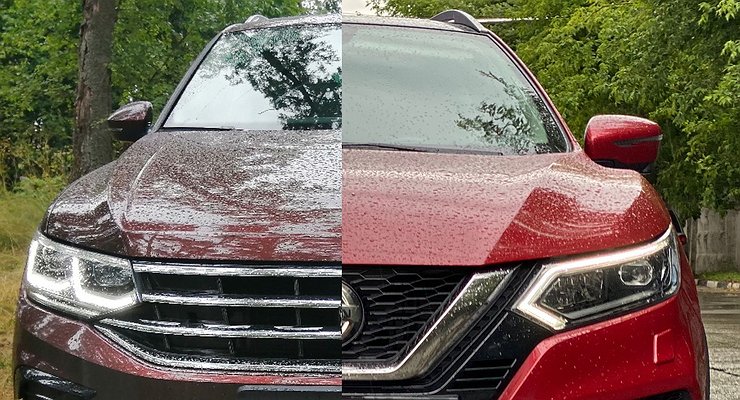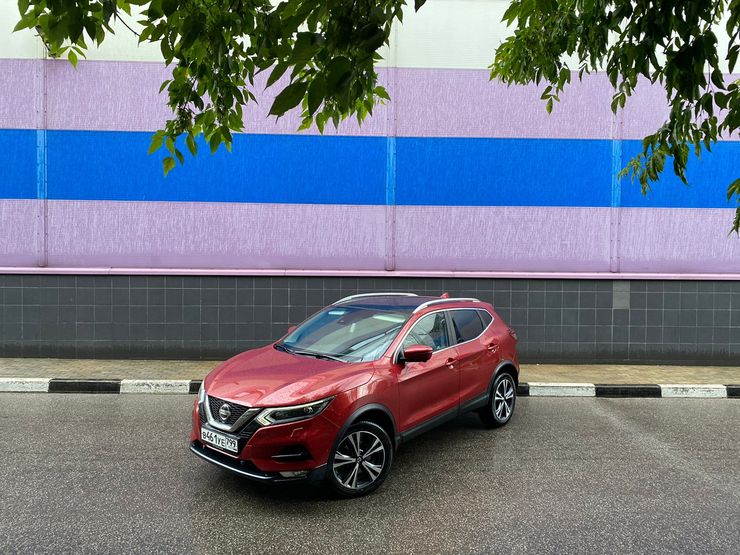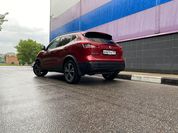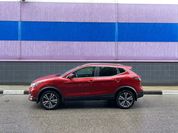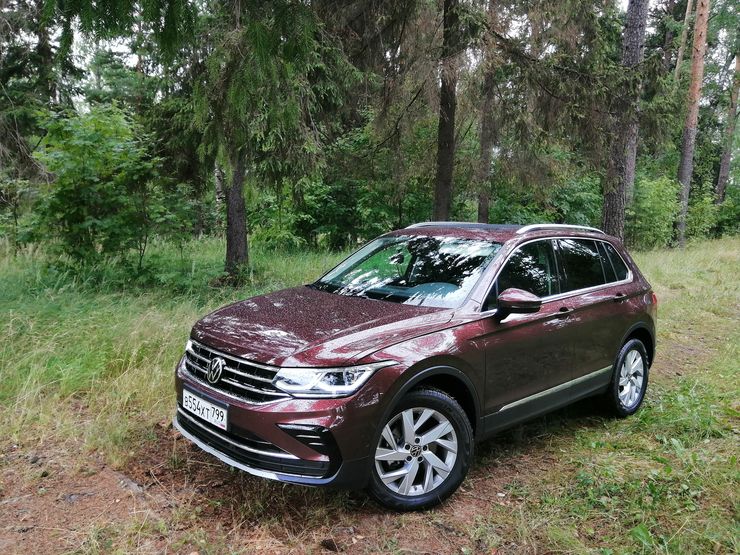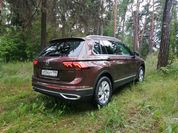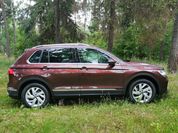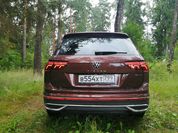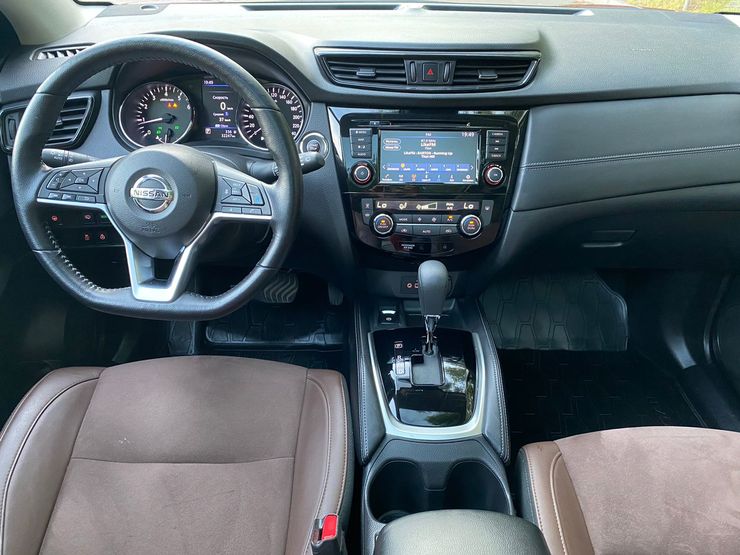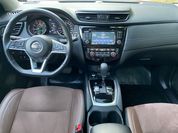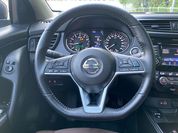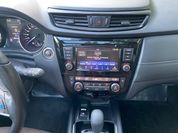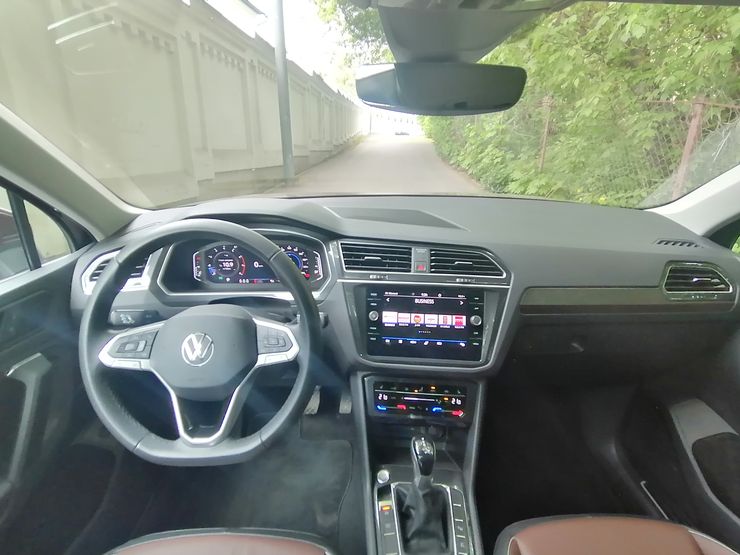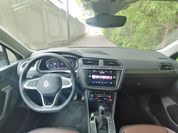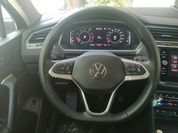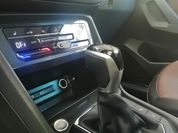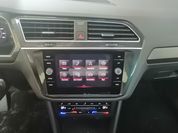Perhaps no one will argue that the Volkswagen Tiguan is a classic of European crossover construction, and the Nissan Qashqai occupies a similar position in the Asian car industry. Portal “AutoVzglyad” compared the two cars and revealed something very interesting.
Now few people remember that it was the Qashqai’s appearance in the Nissan range in 2010 that actually sparked the consumer boom around crossovers. At least in Russia, interest in this type of passenger car first flared up precisely thanks to this “Japanese”. Thus, the previously dominant position of sedans in the list of preferences of the domestic motorist came to an end.
“Small, but a jeep” quickly threw the image of a large black “Obkom” sedan from the list of “dreams” of millions of Russians, as a sign of success and prosperity. Something similar happened not only in Russia, but all over the world, including Europe. No wonder the first compact crossover in VW history – Tiguan – “came out” just a year later than the Qashqai. To this day, both cars in the domestic market compete against each other, embodying two important trends in the approach to design and consumer qualities of modern SUVs.
We are talking about German restraint, clarity and somehow even stiffness, versus Asian ostentatious “frivolity”, sometimes turning into “toys”. The indestructible roots of the latter phenomenon are in an effort to please the anime-fueled tastes of the Japanese, Koreans, Chinese and others like them.
The opposite of the conditionally European and Asian approaches is already evident in the appearance of the Tiguan and Qashqai. The geometry and cold restraint of the front and rear lines of the “German” is unlike the “muzzle” of the Japanese crossover, similar to the cartoonish physiognomy of the robot transformer. When you put them side by side, you immediately realize: it will be difficult to come up with any more mutually exclusive concepts for the exterior of cars. But the interior of the Volkswagen Tiguan and Nissan Qashqai, with all their differences, is the same in one thing – in the desire to provide the car owner with maximum convenience and opportunity.
Among the options offered to the driver, both Japanese and German “crosses”, there is everything you could wish for in this car class. Advanced “multimedia” with touchscreens that can use Apple CarPlay and Android Auto (and Qashqai also has Yandex Auto), adaptive “cruises”, climate control, driver assistants, heating anything and everything, rear view cameras, “multi-steering wheels”.. By about the “mincemeat” that there is, you can not worry about that.
But the “Japanese” has an analog analog instrument panel, while the “German” has a color monitor. And the Tiguan’s driver’s seat is firmer, with more pronounced support, while the Qashqai’s is softer and more comfortable. Well, the rear passengers of the German car have a little more room for their knees. Apparently, because the wheelbase of the Japanese crossover is slightly shorter – 2646 mm versus 2678 mm for the “German”.
As for the power supply, the most powerful Nissan Qashqai on the Russian market is equipped with a naturally aspirated two-liter gasoline engine of 144 hp and a CVT in a four-wheel drive transmission. And Volkswagen Tiguan can in principle offer a complete set with a 220 hp strong “turbo” under the hood. But in this case, we compare the Tiguan with a 1.4-liter turbocharged gasoline engine with a capacity of 150 “horses” and a 6-speed “robot” with the top version “Japanese”.
The dynamics of the German crossover proved subjectively more interesting than that of the Qashqai. And it’s not even about the slightly higher performance ratings of the Tiguan engine. It’s just that the turbo engine itself is more likely to produce maximum power, at lower revs, compared to the “aspirated” rpm. Yes, and in the “robot” there is noticeably less energy loss than in the variator. All this translates into a passport of 10.5 seconds of acceleration to 100 km/h for the Nissan Qashqai and 9.8 seconds for the Volkswagen Tiguan. But from the point of view of reliability and durability, the naturally aspirated powerplant will give a decent edge to the turbocharged …
In terms of driving sensations, it was not possible to identify a clear favorite between our two crossovers. On the one hand, the Tiguan steers clearer, the suspension setup is clearly ‘European’.
At the same time, the Qashqai certainly digests bumps better, responds less to the same speed bumps and is generally more comfortable. Although noisy – a bit too much noise from the wheel arches.
But on the other hand, the Qashqai is offered in the top configuration at a price of 3.1 million rubles, and it does not even come close to the four-wheel drive Tiguan with a 150 hp engine of less than 3.9 million! Feel the difference, as they say. Money included…
Now few people remember that it was the Qashqai’s appearance in the Nissan range in 2010 that actually sparked the consumer boom around crossovers. At least in Russia, interest in this type of passenger car first flared up precisely thanks to this “Japanese”. Thus, the previously dominant position of sedans in the list of preferences of the domestic motorist came to an end.
“Small, but a jeep” quickly threw the image of a large black “Obkom” sedan from the list of “dreams” of millions of Russians, as a sign of success and prosperity. Something similar happened not only in Russia, but all over the world, including Europe. No wonder the first compact crossover in VW history – Tiguan – “came out” just a year later than the Qashqai. To this day, both cars in the domestic market compete against each other, embodying two important trends in the approach to design and consumer qualities of modern SUVs.
We are talking about German restraint, clarity and somehow even stiffness, versus Asian ostentatious “frivolity”, sometimes turning into “toys”. The indestructible roots of the latter phenomenon are in an effort to please the anime-fueled tastes of the Japanese, Koreans, Chinese and others like them.
The opposite of the conditionally European and Asian approaches is already evident in the appearance of the Tiguan and Qashqai. The geometry and cold restraint of the front and rear lines of the “German” is unlike the “muzzle” of the Japanese crossover, similar to the cartoonish physiognomy of the robot transformer. When you put them side by side, you immediately realize: it will be difficult to come up with any more mutually exclusive concepts for the exterior of cars. But the interior of the Volkswagen Tiguan and Nissan Qashqai, with all their differences, is the same in one thing – in the desire to provide the car owner with maximum convenience and opportunity.
Among the options offered to the driver, both Japanese and German “crosses”, there is everything you could wish for in this car class. Advanced “multimedia” with touchscreens that can use Apple CarPlay and Android Auto (and Qashqai also has Yandex Auto), adaptive “cruises”, climate control, driver assistants, heating anything and everything, rear view cameras, “multi-steering wheels”.. By about the “mincemeat” that there is, you can not worry about that.
But the “Japanese” has an analog analog instrument panel, while the “German” has a color monitor. And the Tiguan’s driver’s seat is firmer, with more pronounced support, while the Qashqai’s is softer and more comfortable. Well, the rear passengers of the German car have a little more room for their knees. Apparently, because the wheelbase of the Japanese crossover is slightly shorter – 2646 mm versus 2678 mm for the “German”.
As for the power supply, the most powerful Nissan Qashqai on the Russian market is equipped with a naturally aspirated two-liter gasoline engine of 144 hp and a CVT in a four-wheel drive transmission. And Volkswagen Tiguan can in principle offer a complete set with a 220 hp strong “turbo” under the hood. But in this case, we compare the Tiguan with a 1.4-liter turbocharged gasoline engine with a capacity of 150 “horses” and a 6-speed “robot” with the top version “Japanese”.
The dynamics of the German crossover proved subjectively more interesting than that of the Qashqai. And it’s not even about the slightly higher performance ratings of the Tiguan engine. It’s just that the turbo engine itself is more likely to produce maximum power, at lower revs, compared to the “aspirated” rpm. Yes, and in the “robot” there is noticeably less energy loss than in the variator. All this translates into a passport of 10.5 seconds of acceleration to 100 km/h for the Nissan Qashqai and 9.8 seconds for the Volkswagen Tiguan. But from the point of view of reliability and durability, the naturally aspirated powerplant will give a decent edge to the turbocharged …
In terms of driving sensations, it was not possible to identify a clear favorite between our two crossovers. On the one hand, the Tiguan steers clearer, the suspension setup is clearly ‘European’.
At the same time, the Qashqai certainly digests bumps better, responds less to the same speed bumps and is generally more comfortable. Although noisy – a bit too much noise from the wheel arches.
But on the other hand, the Qashqai is offered in the top configuration at a price of 3.1 million rubles, and it does not even come close to the four-wheel drive Tiguan with a 150 hp engine of less than 3.9 million! Feel the difference, as they say. Money included…
Source: Avto Vzglyad
I’m Sandra Torres, a passionate journalist and content creator. My specialty lies in covering the latest gadgets, trends and tech news for Div Bracket. With over 5 years of experience as a professional writer, I have built up an impressive portfolio of published works that showcase my expertise in this field.







